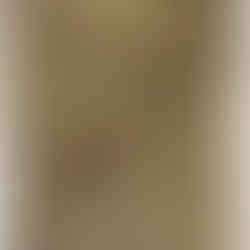The Precious Rust
- duniamotif

- Sep 17, 2020
- 2 min read
Updated: Jun 16, 2022
During my dyeing experiments, any ingredients used or introduced into the pot resulted in the dyepot's distinct colour. Some contain tannin and some produce acidity to change the pH of the dye pot. Although I cannot address which plant or flower has the strongest colour pigment, the result of each dye will be determined by the main pigment supplier in each dye pot. And... the project can further be explore in different ways by creating another sub segment of bioplastic exploration.( I’ll write about it when im ready)
There are few ways in which pigment colour can be extracted. Extraction of cold dye, solar dye, ecoprint and pounding (hatazome). I wanted to do mainly high-temperature dyeing as I'm happy with the approach. I found almost all food waste extracted colour when the waste boiled. This is because a high temperature was set and pigment colour from the vegetable changed. Some food waste reacts favourably at high temperatures. Some of them weren't. For example, dried chilli and parsley leaves gave a very light response to high-temperature dyeing. Most of my method used basic resources and easy-to-get ingredients. I wanted to make it available to those interested. Four weeks of collecting cooking waste were then compiled for input and feedback on a social media page.
And then, I'm exploring making dyeing rust. It was because I was inspired by the rust dye artist Samantha Verrone where I joined the conversation of webinars with all the natural dyers around the world. Samantha produces one of a kind home furnishings, clothing, accessories and tapestries. Inspired by antique Japanese Boro and Korean Pojagi and the various vintage and otherwise discarded textile remnants she finds in her travels, Samantha focuses on labor intensive rather than resource depleting production
Image shown are all of my rust dye exploration
I find the result surprisingly brilliant along the mysterious journey of rust dyeing.
Thank you Samantha for feeding me such a great insight and inspiring online session. I really had so much fun knowing great people around the world and learn from them. She even shared her thoughts about why she did and does this rust dye making.

Now I've added those assemblages to my other interest, rust. Improvisation, imperfection, deconstruction / slow construction, memory, preservation of historic objects while making something new, but never as satisfying as I am at the moment.

















Comments